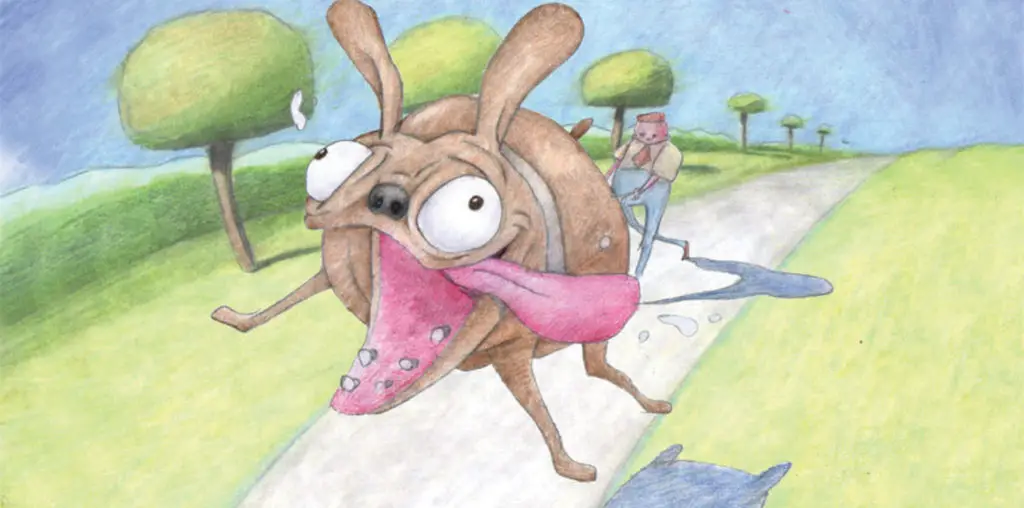
It is 1966; the setting is Baltimore, Maryland. Everything seems normal on the surface. The lawns are green, the roses are red, and the houses are white. Visually, “Chuck” has a warm nostalgic feel to it, but what makes it so unnerving is Turner’s use of sound. The sound design is clearly influenced by the collaborations of David Lynch and Alan Splet on films like “Eraserhead” and “Blue Velvet”: Turner enjoys playing with effects, experimenting with mood and texture. Horns beep, phones ring, and birds chirp in an abnormal pattern, suggesting some of the insanity going on in Chuck’s mind. Well-structured, paced, and crafted, “Chuck” evokes memories of “The Twilight Zone” and “Alfred Hitchcock Presents” at their most morbid.
The camera looks up at a man. He seems nervous. His face is sweaty. The latex gloves he wears are drenched in blood. The phone starts to ring, and it isn’t even plugged in. Even so, he continues to have a long conversation. This is Chuck, as portrayed by Harris Mann.
Chuck is a serial killer. His phone taunts him, it tells him what to do. He’s young, pale, nerdy looking, and fairly neat, although his face is slightly unshaven. Chuck saves the internal organs of his victims, keeping them in little white cardboard boxes. He likes to kill suburban housewives. Chuck comes to the door, posing as a door-to-door salesman, trying to sell magazine subscriptions in order to support “linear communication”. He will do anything to get into their house.
Schizophrenic, obsessive-compulsive, uncomfortable at all times, Chuck is a real mess. Whether he’s spazzing out on the ground or screaming into his phone, Harris Mann is always full of energy, his character ironically sympathetic. His performance is remarkable.
The director, Alex Turner, and his cinematographer, Ed Stephenson, do a wonderful job of creating a tense, claustrophobic atmosphere. Low angle shots, extreme close-ups, and wide-angles help to enclose Chuck, as if he were trapped in the frame.
It’s quite an offbeat piece of the macabre.
